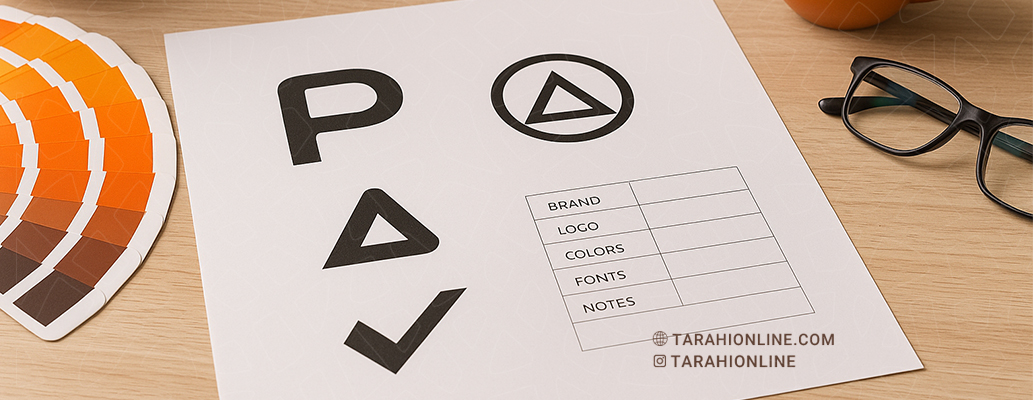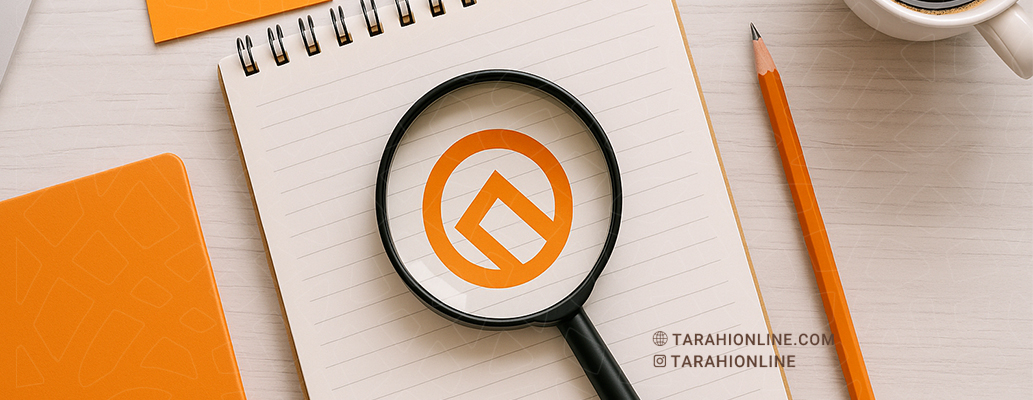
Designing a logo is a critical step in creating a brand’s visual identity. A logo must not only be visually appealing and memorable but also effectively reflect the brand’s values, personality, and goals. To achieve this, designers need comprehensive information before beginning the design process to ensure the logo aligns with the brand’s needs and audience expectations. This article explores the key information required before starting logo design.
1. Understanding the Brand and Its Identity
The first and most crucial step in logo design is gaining a deep understanding of the brand. Designers need information about the following:
-
Brand Name: The full brand name and any preferences for its use in the logo (e.g., abbreviations or full text).
-
Core Values: What values are central to the brand? For example, does the brand emphasize innovation, sustainability, or quality?
-
Brand Personality: Is the brand formal, friendly, creative, or luxurious? The logo should reflect this personality.
-
Mission and Vision: What are the brand’s long-term goals? The logo should align with these objectives.
For instance, a tech brand like Tesla requires a logo that conveys innovation and forward-thinking, while a luxury brand like Rolex needs a logo that exudes prestige and credibility.
2. Target Audience
Understanding the target audience is essential for designing a logo that resonates with them. Designers should gather information about:
-
Age Group: Are the brand’s audiences young, adult, or elderly?
-
Gender and Interests: Is the brand targeted toward a specific group, such as women, children, or professionals?
-
Geographic and Cultural Context: Does the brand operate in a specific region? Are there cultural sensitivities to consider?
-
Audience Behavior and Preferences: What types of designs (e.g., minimalist or colorful) do the audience prefer?
For example, a toy brand’s logo should be colorful and playful to attract children, while a law firm’s logo should appear professional and trustworthy.
3. Industry and Competitors
Understanding the brand’s industry and competitive landscape helps designers create a distinctive and relevant logo. Necessary information includes:
-
Industry: What sector does the brand operate in? (e.g., technology, fashion, food, or financial services)
-
Competitors: What do competitors’ logos look like? How can the logo differentiate the brand from its rivals?
-
Industry Trends: Are there specific trends (e.g., minimalism in tech or organic designs in food) prevalent in the industry?
For example, in the tech industry, simple and modern logos like Apple’s are common, while fashion logos may lean toward more ornate designs.
4. Logo Applications
Designers need to know where and how the logo will be used. This includes:
-
Primary Media: Will the logo primarily appear in print (business cards, packaging) or digital (websites, social media)?
-
Size and Scale: Will the logo be used in small formats (e.g., favicons) or large ones (e.g., billboards)?
-
Required Formats: Does the logo need to be provided in monochrome, full-color, or transparent-background versions?
For instance, a logo designed for social media must work well in square or circular formats.

5. Brand’s Visual Preferences
The brand may have specific preferences for the logo’s appearance. This includes:
-
Color Palette: Does the brand have specific colors (e.g., corporate colors)? Are there colors to avoid?
-
Design Style: Does the brand prefer a specific style, such as minimalist, classic, or modern?
-
Visual Elements: Should the logo incorporate symbols, icons, or specific typography?
For example, a sustainable brand may prefer green and brown tones, while a tech brand might opt for blue and white.
6. Brand History and Story
Understanding the brand’s history and story helps designers create a logo that reflects its authenticity and identity. Key information includes:
-
Brand Background: Does the brand have a history or story that should be reflected in the logo?
-
Meaningful Symbols: Are there specific elements (e.g., a place, object, or value) that should be incorporated?
For example, Starbucks’ logo, featuring the Siren, references the brand’s maritime heritage.
7. Technical and Legal Constraints
Designers must be aware of any technical or legal limitations:
-
Printing Constraints: Does the logo need to be optimized for specific printing methods (e.g., engraving or fabric printing)?
-
Intellectual Property: Does the logo need to be checked for legal clearance to avoid similarities with existing logos?
-
File Formats: Does the brand require specific formats (e.g., SVG, PNG, or EPS)?
8. Budget and Timeline
Information about the project’s budget and timeline is also critical:
-
Budget: Does the brand have a limited budget for design? This may influence the complexity of the logo.
-
Timeline: When does the logo need to be completed? Are interim versions or multiple revisions required?
Practical Tips for Gathering Information
To ensure comprehensive information collection, designers can use these methods:
-
Design Brief Questionnaire: Create a standardized form to gather information from the client.
-
In-Person or Virtual Meetings: Engage in discussions with the client to better understand their needs and expectations.
-
Independent Research: Review the brand’s website, social media, and marketing materials to gain deeper insights.
-
Competitor Analysis: Examine competitors’ logos to identify opportunities for differentiation.
Gathering accurate and comprehensive information before starting logo design is the foundation of creating a successful logo. Understanding the brand, its target audience, industry and competitors, logo applications, visual preferences, brand history, technical constraints, and project budget ensures that the logo is not only visually appealing and memorable but also effectively conveys the brand’s identity and goals. By investing time in collecting this information, designers can create logos that are impactful and competitive in today’s dynamic market.
The Tarahi Online graphic and logo design team, with over ten years of experience in professional graphic and logo design, is ready to assist you and bring your ideas to life. Contact us to submit your request or place an order.
